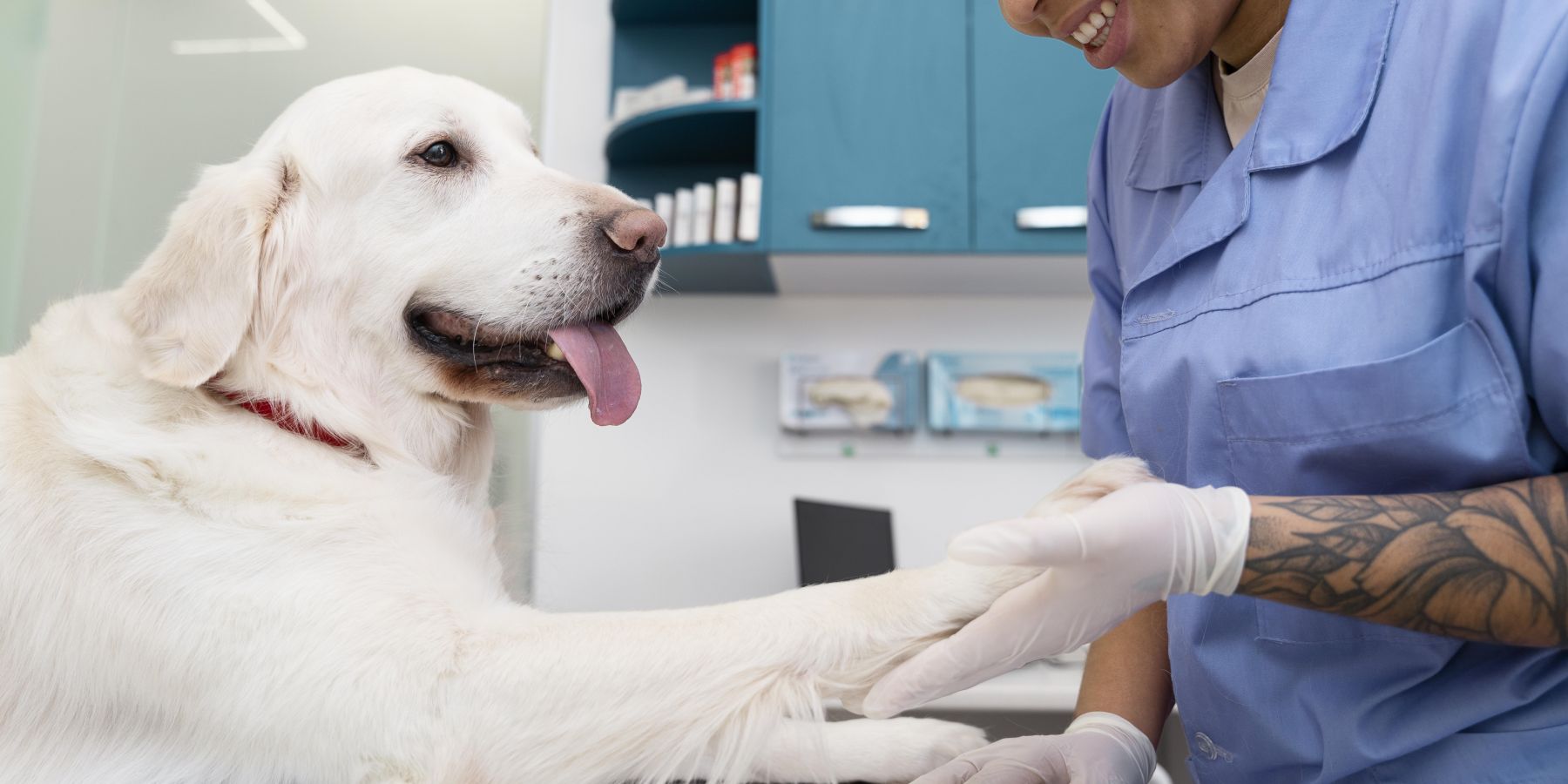Dealing with bad dog breath is more than just an inconvenience; it can be a sign of underlying health issues in your furry friend. While occasional bad breath might not be a cause for alarm, persistent or severe cases often warrant a visit to the vet. This article explores the possible health implications linked to bad breath in dogs and when it's time to seek professional help.
Identifying Serious Causes Behind Bad Dog Breath
Bad breath in dogs, also known as halitosis, can arise from various causes, some of which may require immediate medical attention. These include:
- Dental Issues: The most common cause of bad breath in dogs is dental problems. This includes plaque build-up, tartar, gingivitis, and in severe cases, periodontal disease. If left untreated, these issues can lead to tooth loss and more serious infections.
- Dietary Habits: Sometimes, what your dog eats can contribute to bad breath. Consuming garbage or spoiled food can result in an unpleasant odor. Furthermore, certain diets and treats may contribute to digestive issues, affecting their breath.
- Health Conditions: Chronic bad breath can sometimes be a symptom of underlying health issues such as diabetes, kidney disease, or liver problems. In diabetes, for instance, the breath may have a sweet or fruity odor, indicating a more serious condition.
When to Visit the Vet
It's important to monitor your dog's breath and look for signs that indicate a need for veterinary intervention. Here are a few scenarios when a vet visit becomes crucial:
- Persistent Bad Breath: If your dog’s bad breath doesn’t improve with regular dental care and diet adjustments, it's time to consult a vet.
- Accompanied Symptoms: Look for other symptoms like loss of appetite, excessive drinking or urinating, vomiting, or unusual stool alongside bad breath. These can be signs of systemic health issues.
- Changes in Behavior: If your dog is showing signs of discomfort, such as pawing at their mouth, drooling more than usual, or reluctance to eat, it could indicate dental pain or other health problems.
- Visible Dental Problems: If you notice any visible signs of dental issues, such as swollen gums, discolored teeth, or bleeding, schedule a vet appointment.
The Vet’s Role in Diagnosing and Treating Bad Breath
Your vet will conduct a thorough examination to determine the cause of the bad breath. This may include:
- Dental Examination: Checking for signs of dental diseases and recommending professional cleaning or treatment as needed.
- Blood Tests: Conducting blood tests to rule out or confirm systemic health issues such as kidney disease or diabetes.
- Dietary Assessment: Reviewing your dog’s diet to identify any dietary causes and suggesting changes or supplements.
- Treatment Plan: Based on the diagnosis, your vet will develop a treatment plan. This might include dental procedures, medication, dietary changes, or other interventions.
Preventative Measures
Prevention is key when it comes to maintaining your dog’s oral and overall health. Regular teeth brushing, providing appropriate chew toys, and maintaining a balanced diet are fundamental. Also, regular vet check-ups play a crucial role in early detection and prevention of serious health issues.
Conclusion
While bad breath in dogs might seem like a minor issue, it can be a symptom of more significant health problems. Recognizing when bad breath is a cause for concern and seeking timely veterinary care is essential for the health and well-being of your pet. Remember, proactive care and attention to your dog’s oral health can go a long way in ensuring a happy, healthy life for your furry companion.

